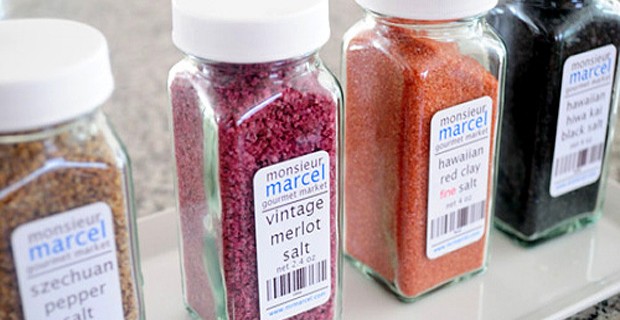
Why Sea Salts Are a Staple of Top Chefs
Like much else in the gourmet culinary world of modern generations, sea salts sold in pretty packages with all types of fancy monikers are not an absolute necessity in creating authentic, spectacular dishes at home. They do however, serve specific purposes in culinary use that make them great to have if you’re trying to accomplish more sophisticated and refined dishes.
As their name suggests, sea salts are salts derived from the sea, originally by natural solar drying of the water to leave behind the salt deposits. While there are numerous types of sea salts today, originating from different regions, these should not be confused with other gourmet salts such as Pink Himalayan salt. The latter is a rock salt derived from salt mines in Pakistan, featuring a typically light pink to off white hue.
Sea salts are sold in a variety of forms with different textures, some fine, others more course. One of the main reasons that gourmet chefs are fond of using sea salts is due to this variant in textures and mineral content. Depending on the dish, different textures allow for the flavor of the salt itself to blend/melt into the food at different rates, as well as gradations of the mineral content creating unique experiences on the palate. Further, there are also numerous infusions and combinations of sea salts that encourage their use into very creative possibilities.
I recently purchased a collection of sea salts infused with rich Merlot and Szechuan Peppers as well as Hawaiian Red Clay and Hawaiian Black. Each of these salts feature extremely distinctive flavors and textures, lending themselves to different usage. For example, I would not use any of these salts in a stir-fry as their attributes would be completely lost. However, in grilled fishes, grilled meats or even pan-fried poultry dishes, I would certainly use any of these to accentuate the natural flavors of those foods. Depending on the type of cheese and chocolate, these salts would also pair beautifully.


 Welcome to Food, Travel & Life with The Asian Fusion Girl. Learn more about the AF Girl and her various projects
Welcome to Food, Travel & Life with The Asian Fusion Girl. Learn more about the AF Girl and her various projects




